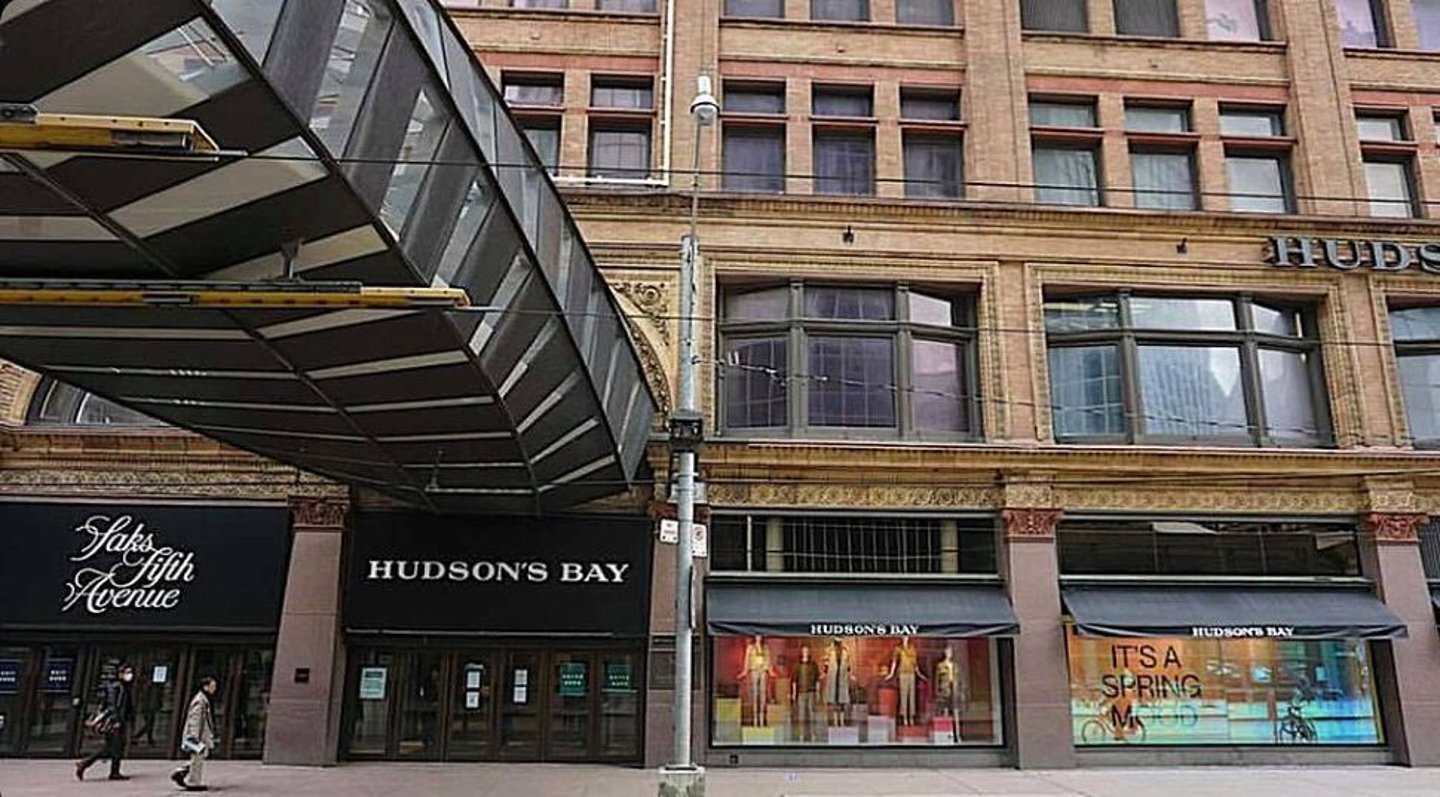Retail lessons from the demise of the Hudson’s Bay Company
The recent announcement that the Hudson’s Bay Company (HBC) has accumulated over a billion dollars in debt and is entering creditor protection should cause all retailers to reflect on the challenges facing retail businesses in Canada. At first glance, it may seem like HBC is another casualty of the COVID-19 retail shutdowns and the rise of online shopping. However, a closer look reveals that the downfall of this iconic 355-year-old retailer is rooted in three key factors that are relevant to all brick-and-mortar retailers, including convenience stores.
Three key reasons behind HBC’s decline:
- Failure to evolve with customer needs
- Ineffective in-store operations
- Ownership focused on non-core retail operations
These elements form the foundation of retail success—or failure—and offer valuable lessons for convenience retailers.
1. Adapting to changing customer needs
A retailer’s ability to meet customer needs is crucial to its success. It is the bedrock of retail—without it, a business cannot survive. HBC struggled to remain relevant as the retail landscape shifted dramatically. To avoid a similar fate, convenience retailers must stay in tune with customer preferences. Retailers must be agile, continuously evaluating their offerings. Failure to do so, as HBC found out, can lead to slow, inevitable decline. For convenience stores, this means continually refining product assortments based on customer feedback, seasonal trends, and regional demand. Retailers should regularly assess sales data, discontinue slow-moving products, and embrace new items that meet customer demand.
The importance of customer service
Another critical downfall for HBC was its decreasing customer service standards. The company eliminated sales associates and became an increasingly self-service operation. In the convenience retail sector, customer service is vital. Staff members should be well-trained and committed to providing an efficient, friendly, and memorable shopping experience. When staff are present and attentive, customers feel valued, and the store builds loyalty resulting in repeated business. Fantastic customer service is a basic requirement that needs to be a priority every day to ensure ongoing customer loyalty.
2. Operational efficiency: A key to staying relevant
While HBC’s stores were large and had infrastructure challenges typical of department stores (e.g., escalators and automatic doors), convenience stores also face operational hurdles, albeit on a smaller scale. Basic operational needs like properly functioning doors, clean restrooms, and well-maintained premises are essential for customer satisfaction. Small operational lapses can give the impression that a store is poorly managed, which over time will influence the customer’s likelihood of returning. Convenience retailers should focus on operational efficiency. Ensure that everything from store lighting to inventory management runs smoothly. Even the most minor details matter in shaping the customer’s experience. If these "basics" are neglected, it can lead to the perception that the business is not vested in delivering the best customer experience.
3. Ownership: Focus on profitability
One of the critical factors behind HBC’s downfall was its ownership structure. The company was owned by a private equity firm primarily interested in its real estate holdings, rather than focusing on the profitability of the retail operation itself. This short-sighted approach resulted in lagging sales, increased debt and a lack of focus on the customer. For convenience retailers, the key lesson is simple: Stay focused on your core retail business. Diversifying your business can be a prudent strategy but it should not come at the expense of maintaining the store's operations, customer service, and overall retail strategy. A business cannot survive solely on assets—sustained success is driven by growth in retail sales and profitability.
The road ahead: Focusing on the fundamentals
For any retailer, but especially convenience stores, success hinges on consistently getting the basics right. Stay focused on your customers’ ever-changing needs. Ensure that your store is always providing the best possible customer service and offering products that align with current demand. Avoid accumulating debt that outpaces the growth of your sales and profitability. Every investment should aim to enhance customer experience and drive business growth.
As HBC looks to divest most of its stores and possibly focus on a handful of flagship locations, it will need to return to the basics: operational efficiency, a strong focus on customer needs, and strategic investments that generate sustainable returns. It will also need to rebuild relationships with vendors to manage cash flow and ensure long-term viability. At the end of the day, success will come down to staying relevant to customers and continuously adapting to their changing needs. These are survival tactics for the Hudson Bay Company and key lessons for the convenience retail channel to learn from HBC’s mistakes.







